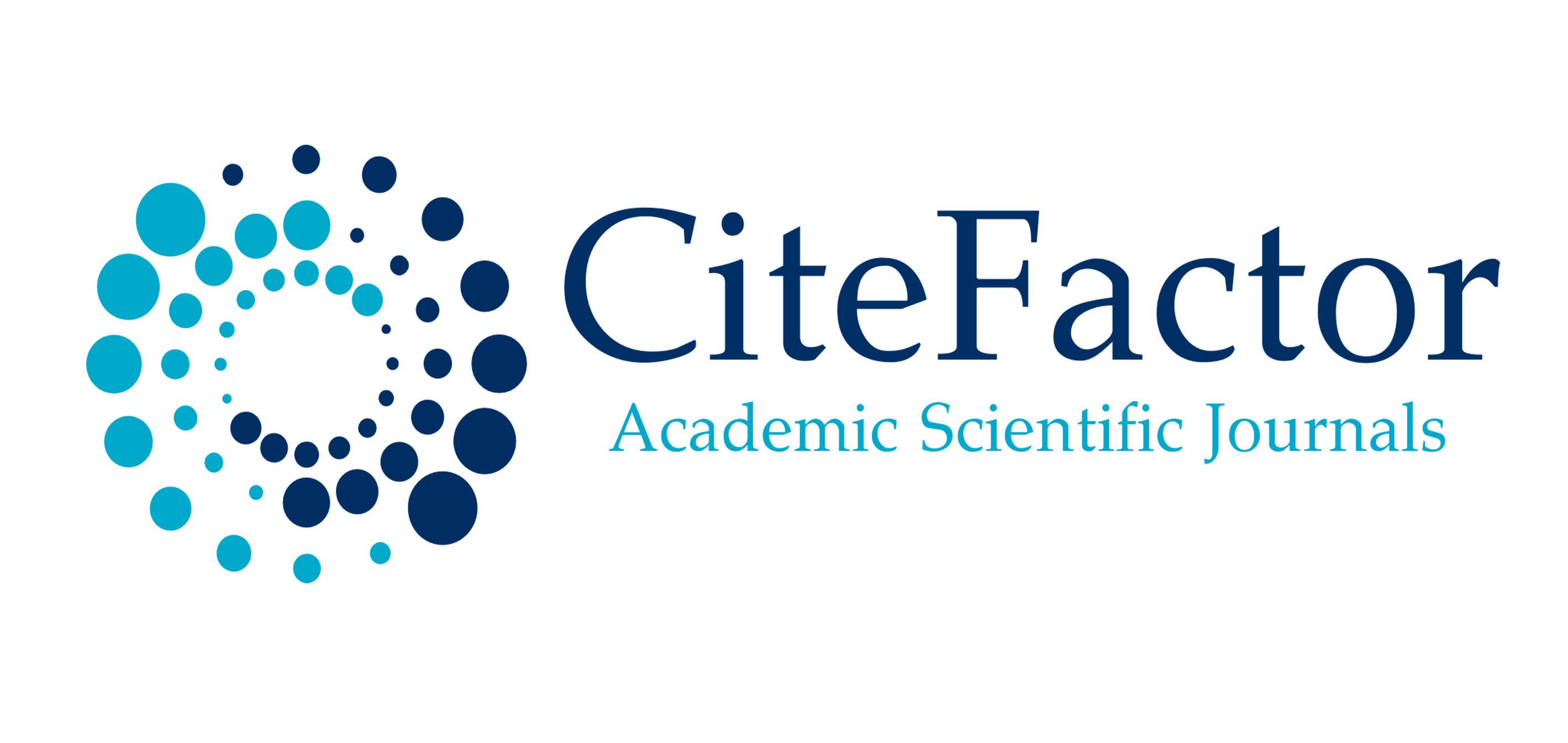Exploring Chemical Reactions, Kinetics, and the Influence of Temperature
Keywords:
chemical reactions, irreversible, reversibleAbstract
This article discusses chemical reactions, their representation through chemical equations, and the distinction between irreversible and reversible reactions. The concept of equilibrium in reversible reactions is introduced, along with the equilibrium constant that characterizes the equilibrium state. The role of buffers in maintaining blood pH is highlighted as an example of a reversible reaction.
Chemical kinetics, which studies the rate of chemical processes, is explored, emphasizing factors that influence reaction rates. These factors include reactant concentration, temperature, surface area, catalysts, inhibitors, pressure (for gaseous reactions), and the nature of reactants. The article explains how each of these factors affects reaction rates.
Temperature is examined in detail as a critical factor influencing reaction kinetics. The discussion covers activation energy, collision frequency, collision energy, the reaction rate constant, and the impact on the equilibrium position of reversible reactions. The Arrhenius equation is introduced to illustrate the exponential relationship between temperature and the rate constant.
The article concludes by emphasizing the importance of optimizing temperature conditions to achieve desired reaction kinetics while considering the stability and safety of reactants and products. Understanding and controlling reaction rates have significant implications for various applications, and temperature management is a crucial aspect of designing efficient chemical processes.










